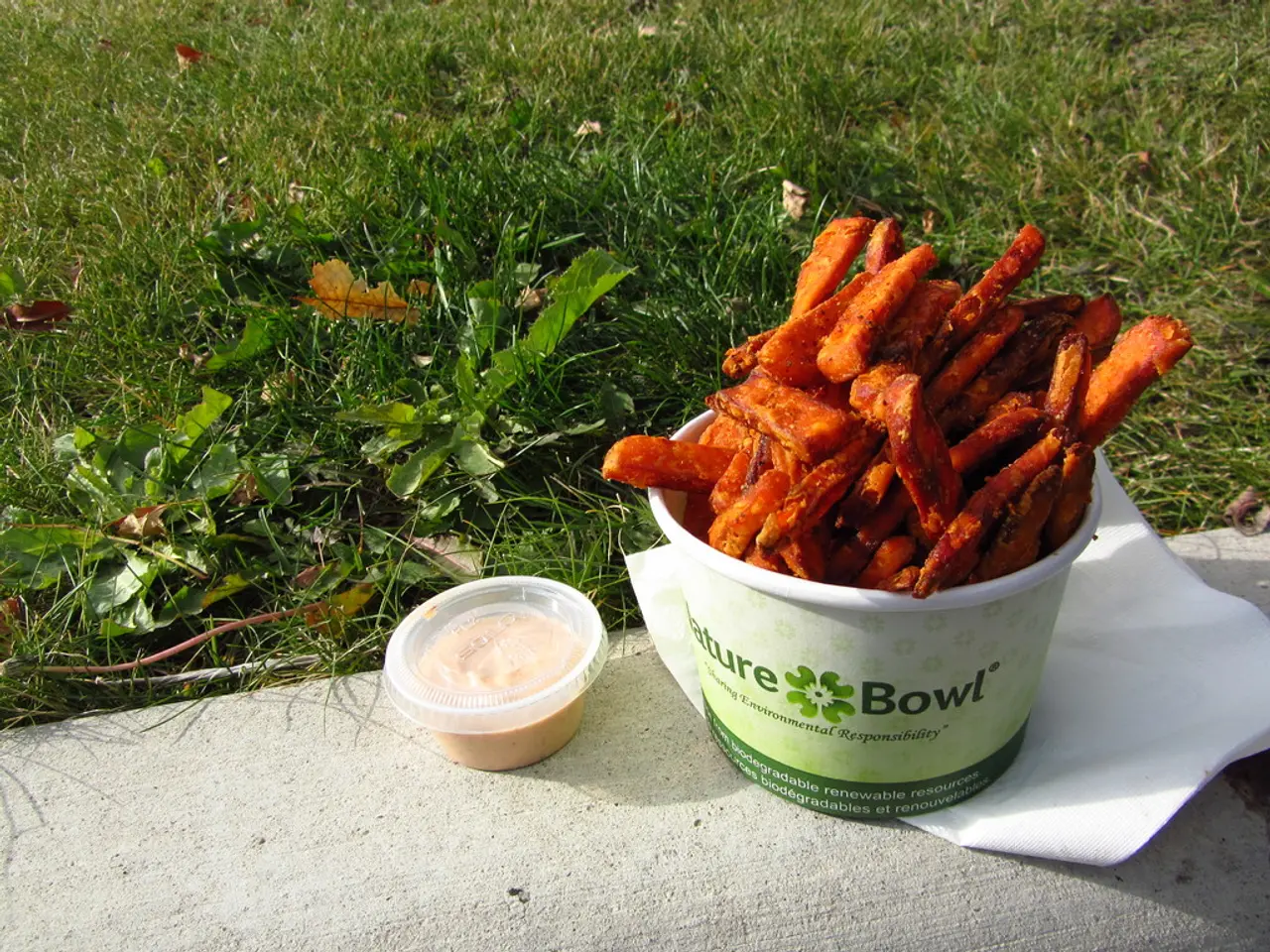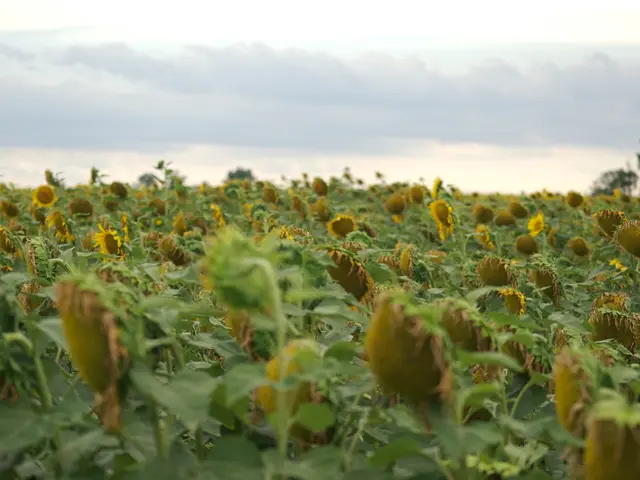Strategies for Nurturing Yarrow Within Potted Environments
Growing yarrow in containers can be a delightful addition to your urban garden. This hardy perennial, a member of the daisy family (Achillea millefolium), is perfect for container gardening due to its adaptability and attractive blooms. Here's a comprehensive guide on how to grow and care for yarrow in containers.
Methods
When starting with bare-root plants, it's best to plant yarrow individually in pots around 15-20 cm in diameter. Choose containers with drainage holes to prevent waterlogging. Position your containers in a sunny spot, as yarrow thrives in bright light. Water yarrow moderately; it is drought tolerant and does not require frequent watering.
Soil Requirements
Use well-draining soil with moderate organic matter. A mix designed for container plants or a blend of multipurpose compost amended with some sand is suitable to ensure good drainage. Yarrow prefers dry, low-fertility soils similar to its native Mediterranean or prairie conditions. Avoid overwatering and heavy fertilization to prevent weak growth or root rot. The ideal soil pH leans toward mildly acidic to neutral.
Harvesting Tips
Cut back the plants after the first flowering to encourage a second bloom in late summer. When flowers dry, gently rub the flower heads to release thousands of tiny seeds, enabling easy propagation or reseeding in containers. Divide clumps every 3-5 years if you use larger containers or pots, preferably in late autumn or early spring, to keep plants vigorous.
Additional Tips
- Yarrow reaches a maximum height of between 20 to 40 inches (.5 to 1 m) during the growing season.
- Yarrow is a good companion plant, repelling pests while attracting predatory insects like wasps and ladybirds.
- Yarrow leaves and stems are best used in salads and also make wonderful additions to soups.
- If only the flowers are to be harvested, multiple harvests can be made in one season as the plant will keep producing blooms until it enters dormancy over winter.
- Yarrow seeds need light to germinate and can take up to three weeks to germinate.
- Dried yarrow gives off a wonderful aroma. Yarrow flowers can be dried and used in tea.
- Yarrow is an herbaceous plant, meaning that the foliage above the soil line will die back over winter. Adding slow-release fertilizer to the surface of the potting soil at the beginning of spring can lead to vigorous growth through summer.
- Yarrow may be used to help with hay fever, the common cold, and stomach upsets.
Dan Mowinski, who grew up on a farm, shares his container gardening insights on his blog, Urban Turnip. By following these tips, you'll be well on your way to enjoying the benefits of growing yarrow in containers. Happy gardening!
[1] Source: RHS (Royal Horticultural Society) [2] Source: Gardening Know How [3] Source: Fine Gardening [4] Source: The Spruce [5] Source: Gardener's World
- Incorporating yarrow into your home-and-garden lifestyle, specifically container gardening, can be a rewarding endeavor, as it thrives in sunny spots and adapts well to various soil conditions.
- For those interested in home-and-garden activities, gardening with yarrow offers a diversity of uses, from its attractive blooms and potential for easy propagation to its culinary and medicinal properties, making it a versatile choice for any home-and-garden enthusiast.





